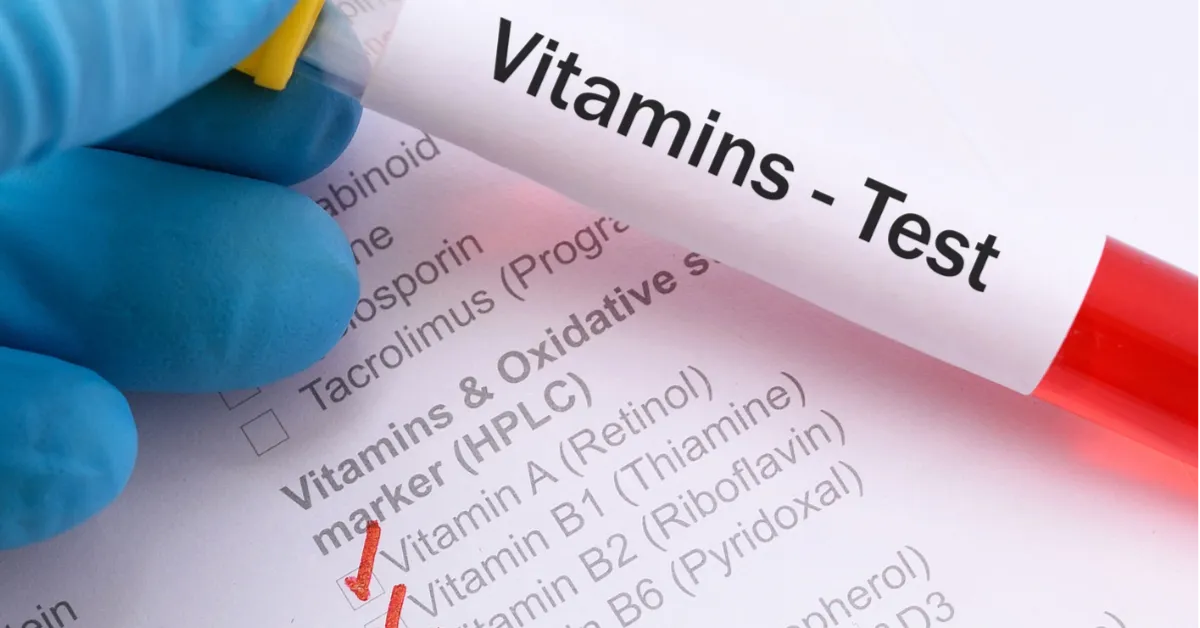AOAC 984.21 Vitamin K Profiling in Green Vegetables
The AOAC International method AOAC 984.21, titled "Determination of Vitamin K2 (menaquinones) and Vitamin K1 (phylloquinone) in Foods", has become a cornerstone for the accurate quantification of vitamin K compounds in green vegetables, including leafy greens like spinach, kale, and collard greens. This method is particularly relevant to dietary supplement manufacturers, food safety experts, and nutritionists who need precise data on vitamin K content.
Vitamin K is essential for blood coagulation and bone metabolism. There are two main forms of vitamin K: phylloquinone (vitamin K1) and menaquinones (vitamin K2). Menaquinones include various K2 subtypes, such as MK-4 to MK-9, each with different bioavailability profiles. AOAC 984.21 allows for the differentiation between these forms in green vegetables, providing a comprehensive profile of vitamin K content.
Green vegetables are rich sources of vitamin K, particularly phylloquinone and menaquinones produced by gut microbiota. The variability in vitamin K profiles among different varieties and growing conditions highlights the importance of accurate testing methods like AOAC 984.21. This method ensures that manufacturers can meet regulatory requirements for labeling and ensure product quality.
The procedure involves several steps, including sample preparation, extraction, derivatization, and quantification using gas chromatography coupled with mass spectrometry (GC-MS). The GC-MS provides high-resolution spectra, enabling the precise identification of various menaquinone subtypes. This level of detail is crucial for understanding the bioavailability and health implications of vitamin K in dietary products.
AOAC 984.21 is widely used by food companies to comply with international standards such as ISO and EU regulations that mandate accurate labeling of vitamins and minerals. By using this method, companies can ensure their products meet consumer expectations regarding nutritional content and health benefits.
- Compliance with Regulatory Standards: AOAC 984.21 ensures compliance with international standards like ISO and EU guidelines for vitamin K content in foods.
- Precision and Accuracy: The method provides accurate quantification of both phylloquinone and menaquinones, essential for precise labeling and quality control.
- Broad Applicability: Suitable for a wide range of green vegetable products, including leafy greens, sprouts, and herbs.
The method's robustness is further enhanced by its ability to handle various sample matrices, making it suitable for both small-scale laboratory testing and industrial applications. AOAC 984.21 has been validated across different laboratories and conditions, ensuring consistent results worldwide.
Scope and Methodology
The scope of the AOAC 984.21 method is to determine both phylloquinone (vitamin K1) and menaquinones (vitamin K2) in various food matrices, particularly green vegetables. The methodology involves several critical steps that ensure accurate quantification:
- Sample Preparation: Fresh or frozen green vegetable samples are homogenized and extracted using an appropriate solvent.
- Derivatization: Extracts undergo derivatization to enhance the detection of menaquinones in GC-MS analysis.
- Gas Chromatography-Mass Spectrometry (GC-MS): The derived samples are analyzed using GC-MS, which provides precise identification and quantification of vitamin K compounds.
The method's precision is enhanced by its reproducibility across different laboratories. AOAC 984.21 has been validated against multiple reference materials and international standards, ensuring reliable results in various environmental conditions.
For instance, the method's ability to differentiate between K2 subtypes (MK-4 to MK-9) is crucial for understanding the bioavailability of vitamin K2 in different green vegetable products. This differentiation is not only important for nutritional labeling but also for clinical studies on the health effects of these compounds.
The AOAC 984.21 method's scope extends beyond mere quantification; it allows for a detailed profile of vitamin K content, which can influence product development and marketing strategies. By providing comprehensive data, this method supports informed decision-making in the food industry.
Why Choose This Test
Choosing the AOAC 984.21 method for Vitamin K Profiling offers several advantages that are crucial for ensuring product quality and compliance with international standards:
- Accurate Quantification: The method provides precise quantification of both phylloquinone (vitamin K1) and menaquinones (vitamin K2), essential for accurate labeling.
- Broad Applicability: Suitable for a wide range of green vegetable products, including leafy greens, sprouts, and herbs.
- Reproducibility: The method is highly reproducible across different laboratories, ensuring consistent results worldwide.
- Compliance with Standards: AOAC 984.21 ensures compliance with international standards like ISO and EU regulations for vitamin K content in foods.
- Bioavailability Insights: The detailed profile of vitamin K compounds provides insights into the bioavailability and health implications of these nutrients.
- Regulatory Compliance: By using this method, food companies can ensure their products meet consumer expectations regarding nutritional content and health benefits.
- Quality Control: AOAC 984.21 supports robust quality control in the food industry by providing accurate data on vitamin K content.
The AOAC 984.21 method is a critical tool for ensuring product quality and compliance with international standards, making it an essential service for companies operating in the green vegetable sector.
International Acceptance and Recognition
The AOAC 984.21 method has gained widespread acceptance and recognition within the international community. Its use is encouraged by organizations such as ISO, EU, and FDA for its accuracy and reliability in determining vitamin K content in foods.
Regulatory bodies around the world recognize AOAC 984.21 for its ability to provide precise quantification of both phylloquinone (vitamin K1) and menaquinones (vitamin K2). This recognition ensures that products tested using this method meet stringent quality standards, thereby building consumer trust.
Many leading food companies have adopted AOAC 984.21 as their preferred method for vitamin K profiling in green vegetables. The method's robustness and reproducibility across different laboratories make it a reliable choice for global markets. Compliance with international standards is crucial for ensuring product safety, efficacy, and quality.
The widespread adoption of AOAC 984.21 reflects its significance in the food industry. By using this method, companies can ensure their products meet consumer expectations regarding nutritional content and health benefits. This ensures that consumers receive accurate information about the vitamin K content in their green vegetable products.





